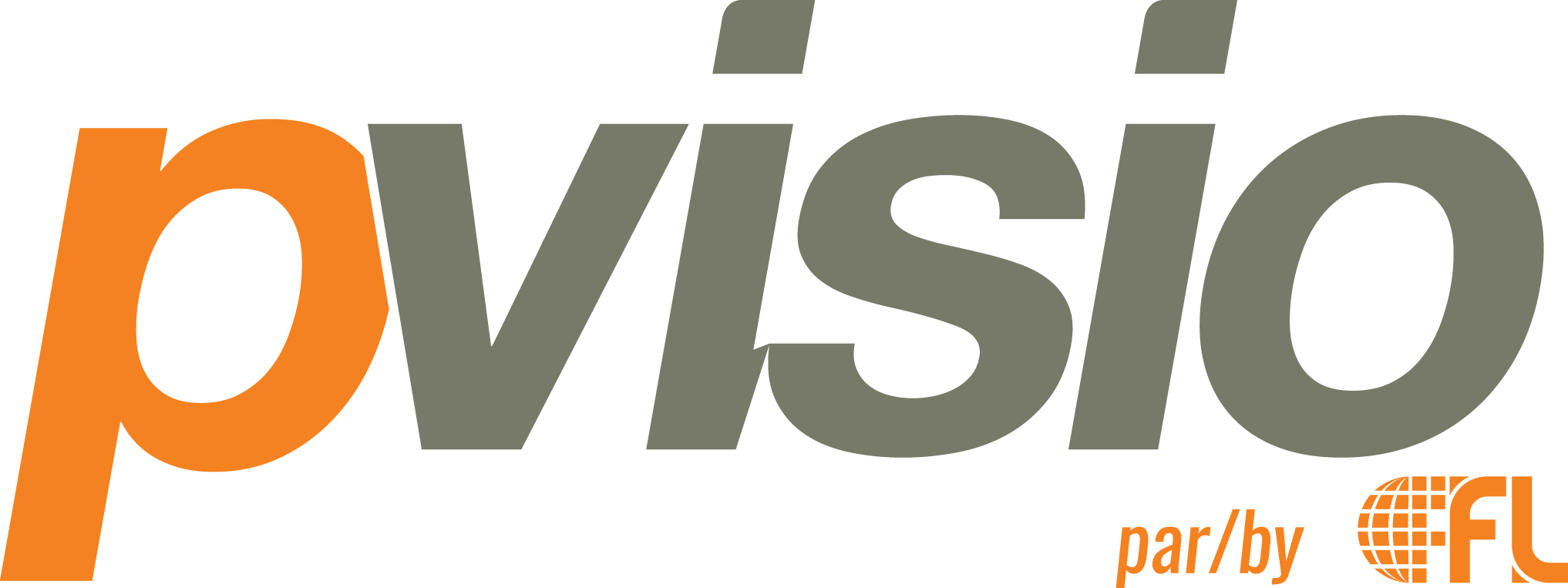Your turnover rate says a lot about your company! Regardless of the reason for the departures, each one can be an indicator and reflection of the company’s performance. The company culture, your HR practices, communication levels and transparency are some examples of factors having a direct impact on staff turnover rates. By identifying the cause of the departure (rather than simply the reason), the company can take the necessary action to ensure that the same situation does not repeat itself.
The first step towards doing this is by distinguishing voluntary from involuntary departures. Typically, an involuntary departure is initiated by the employer (such as a termination, whether related to performance, restructuring, lack of work, etc.), whereas a voluntary departure signifies that the employee left the job of their own will (i.e. quit), regardless of the reason.
A perception exists that involuntary departures are not as “important” as voluntary departures since the company was the one who decided to part ways, however as you can see, both types can be a sign that certain practices need additional consideration:
[table id=102 /]
It can be hard to put emotions aside and management may find it easier to put the blame on the employee (they just didn’t get it, they weren’t that great anyways, they were good but too high maintenance, etc.). Regardless of the type of departure, take the time to investigate the cause objectively and with a clear head. This analysis will help you validate your HR practices and adjust or update them as needed. Here are some examples of HR practices to review or implement, depending on your situation:
- Standardization of the recruitment process
- Performance management, development plans and ongoing feedback
- Assessment and maintenance of the work climate
- Communication of the company’s mission, values and objectives
- Job definition and structure of work teams
- Training and/or coaching of managers and/or employees
These are only a few examples but are nonetheless a great starting point! In many cases just a few small changes to your HR practices will have a positive impact on your turnover rates.
Need help? Get in touch with one of Pvisio’s advisors for a free HR assessment.
As proud partners of Officevibe we have access to the latest tools for measuring employee engagement and, as specialists in small and medium-sized businesses, we can bring practical solutions to help you enhance your current HR activities.



